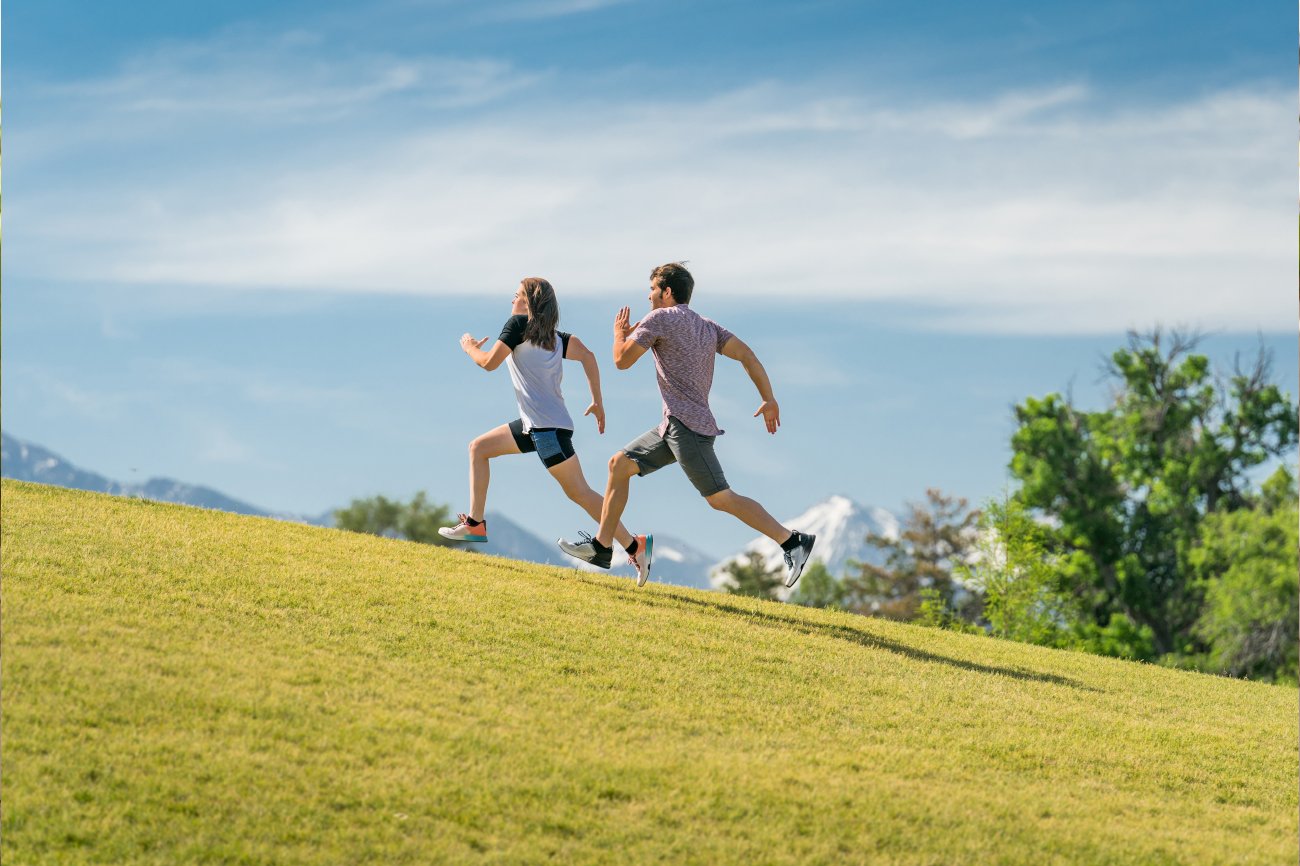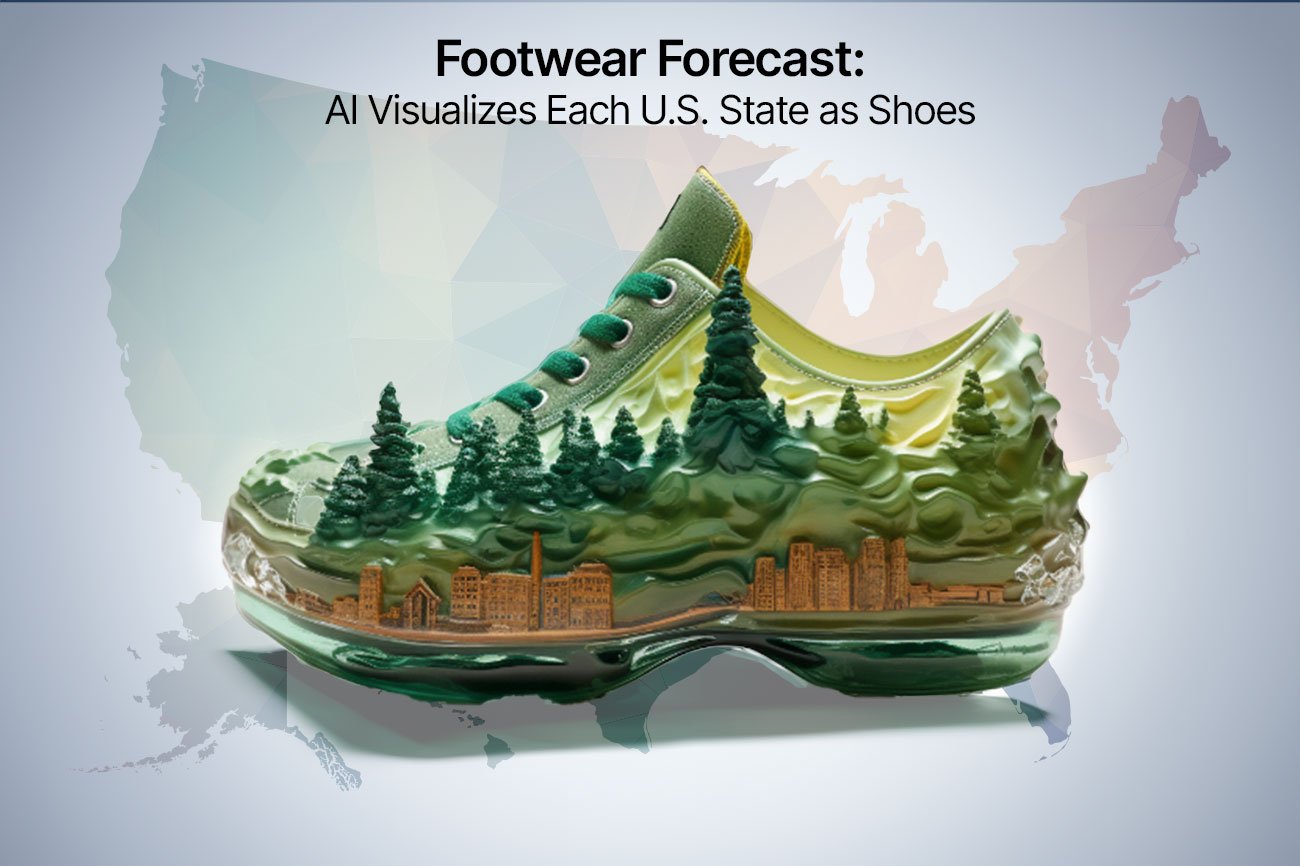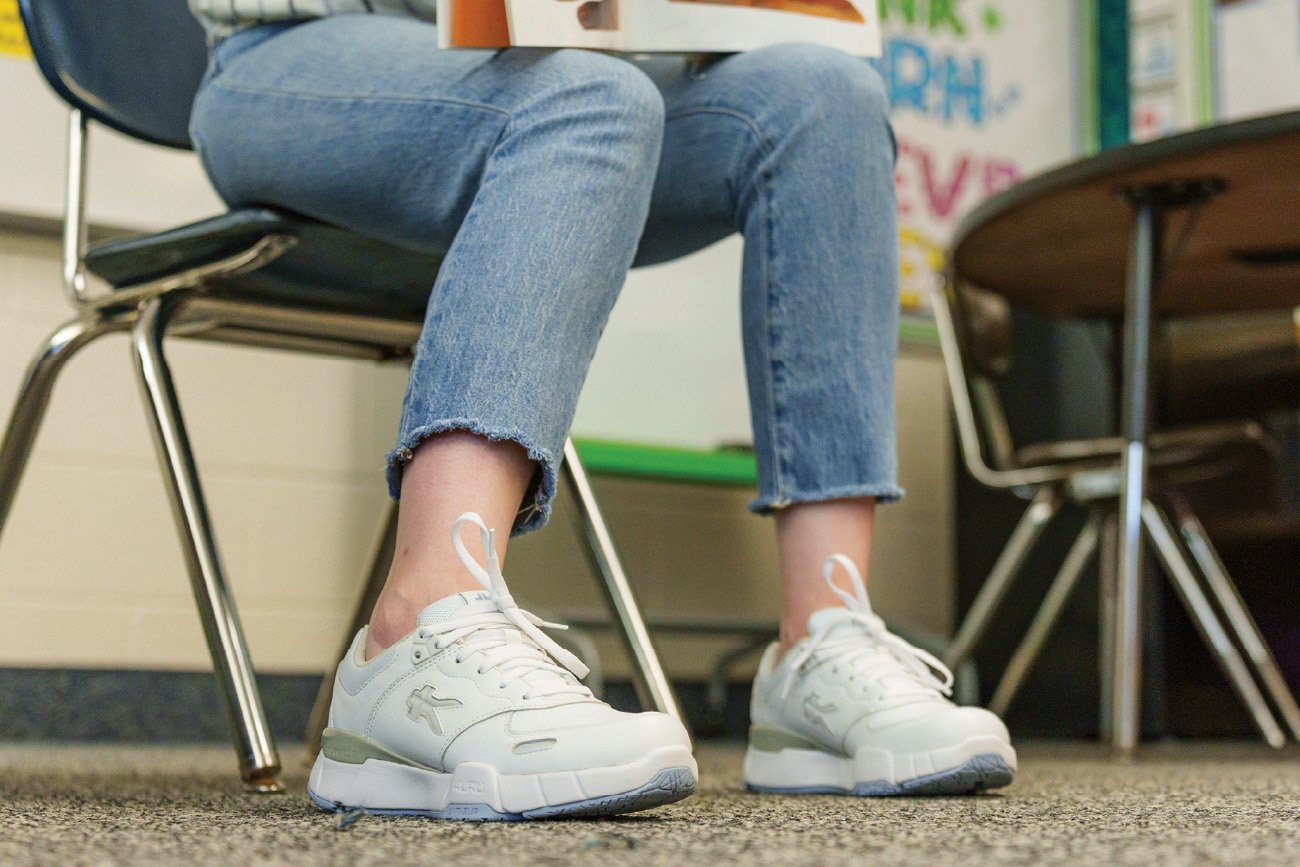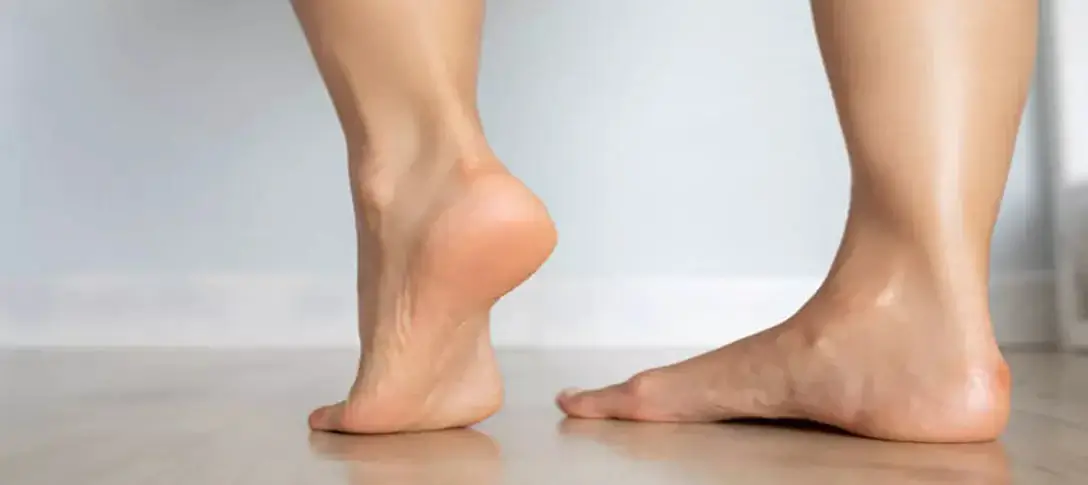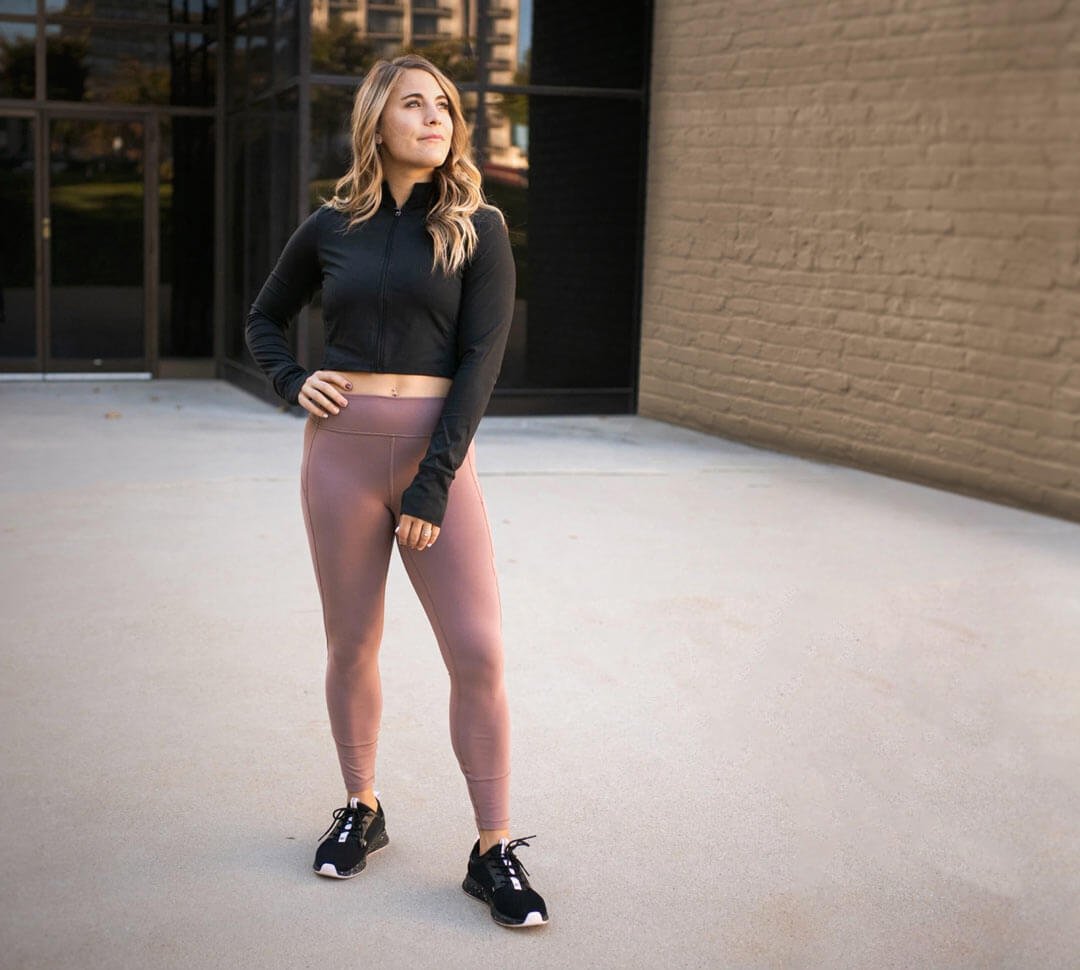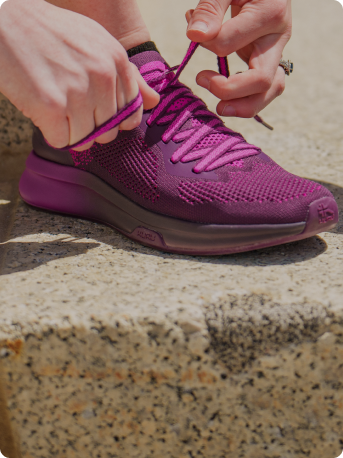Best Shoes for Pronation
Here we go again—there’s that loss of tread on the inside soles of the shoe, causing your shoes (or ankles) to lean inward toward each other. Sound familiar? This wear pattern could be a sign of leaning too far on the inner edge of your foot while you walk—or over pronation.
Overpronation shoes can help improve this imbalance by providing support and cushion where you need it. In fact, the best shoes for overpronation feature stability and cushioning to help the foot maintain proper alignment. KURU’s line of pronation shoes feature patented technology to encourage a natural gait and ease painful symptoms.
In short, pronation is the degree to which your ankle pronates, or rolls in or out. That said, the term “pronated” or “overpronated” refers to an ankle that rolls inward more than it should.
A small degree of pronation is an intrinsic part of our foot’s design and allows it to function as a natural spring. In fact, a “neutral” foot pronates slightly inward by up to 15 percent. This helps us jump, run and walk with a bounce in our step—we love this.
Problems can occur when the ankle over- or under-pronates by anything more than 15 percent.
An overpronated foot occurs when the ankle rolls inward (or pronates) more than it should, resulting in increased weight distribution on the inner edge of the foot. An underpronated foot happens when an ankle rolls outward (or supinates) more than it should, resulting in increased weight distribution on the outer edge of the foot.
Both over- and under-pronation can be treated with high-quality supportive footwear and simple exercises to improve the body’s natural biomechanics. Check out the video below for a demonstration of the toe extension and arch stretch.
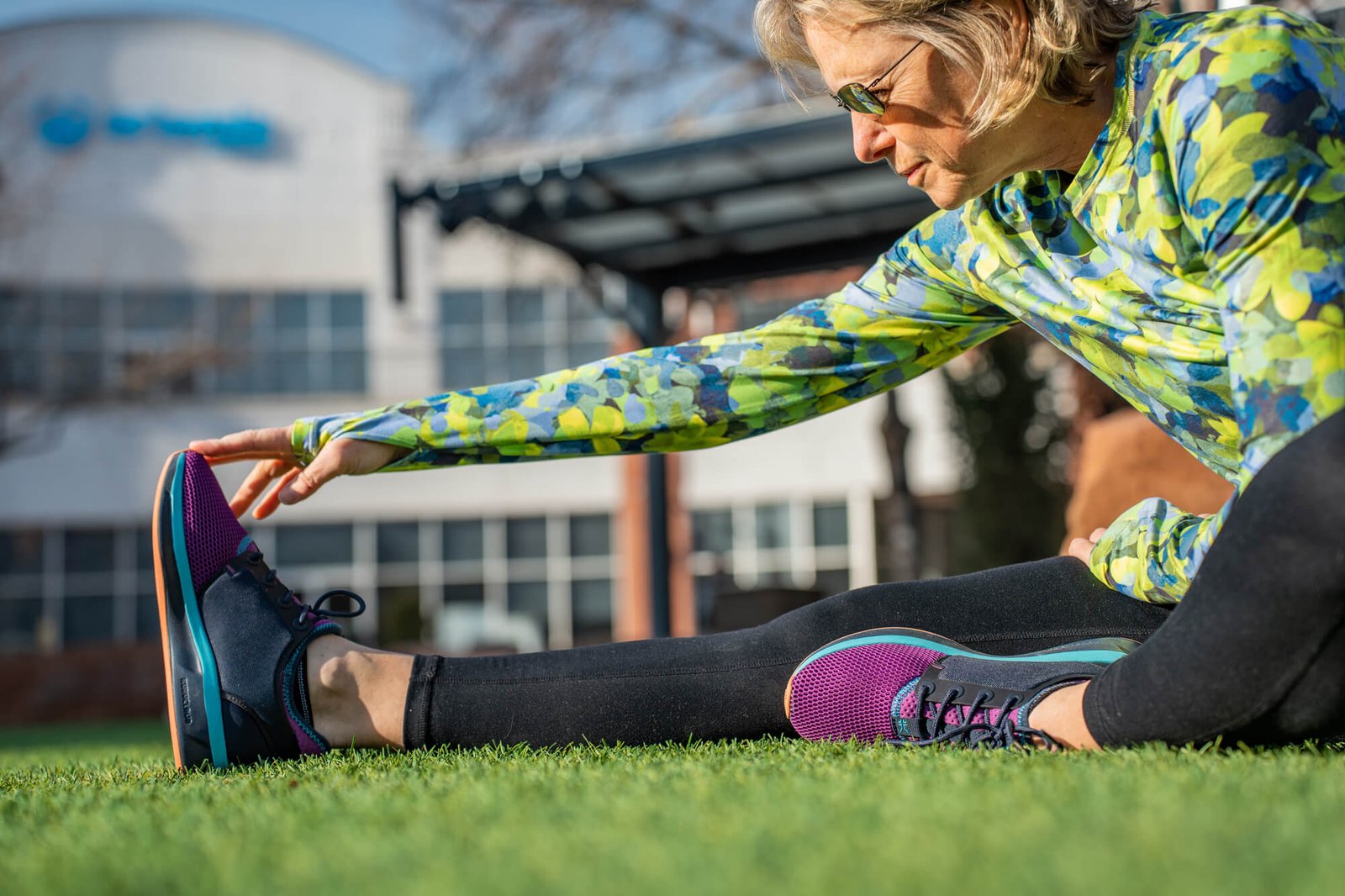
Pronation is a term used to describe the inward rolling motion of the foot during walking or running. While it’s a natural part of the gait cycle, overpronation, or excessive inward rolling, can lead to foot pain and other problems. Below are some of the most common causes and risk factors for pronation.
If you experience foot pain or other symptoms related to overpronation, it’s important to consult with a medical professional for proper diagnosis and treatment.
Symptoms & Diagnosis
While a typical foot naturally pronates (or rolls inward at the ankle) slightly by about 15 percent, any pronation above that is considered “over-pronation,” which can cause cascading painful symptoms in your feet and body including:
- Ankle sprains
- Shin splints
- Achilles tendonitis
- Heel spurs
- Plantar fasciitis
Your doctor will be able to provide the best pathway forward for treating your unique case. For a few tips on conservative treatments you can try at home, check out our Treatment section below.
Pronation Facts and Stats
- Pronation is often associated with low arches or flat feet.
- Neutral pronators will still pronate inward at the ankle by about 15 percent.
- While pronation is simply the degree to which your ankle rolls in or out, overpronation occurs when the ankle rolls too far in—or more than 15 percent.
- Overpronation can cause foot and body pain, including Achilles tendonitis, ankle sprains, shin splints, and plantar fasciitis.
If you pronate—or if your activity level means you put a lot of strain on your feet and ankles—we’re here to help with treatment options and prevention tips.
Since a foot is unlikely to both over-pronate and under-pronate, it’s important to distinguish which foot type you have before starting treatment. Let’s dive in!
-
How do I know if I overpronate or underpronate?
To determine if you overpronate or underpronate, you can conduct a simple test or observe certain signs and symptoms. One way to assess your pronation is by examining the wear pattern on the soles of your shoes. If the inner edges of your shoe soles show excessive wear, it may indicate overpronation, where your foot rolls inward excessively while walking or running. Conversely, if the outer edges of your shoe soles are more worn out, it could suggest underpronation or supination, where your foot doesn’t roll inward enough during the gait cycle.
Another method is the wet footprint test. Wet your feet, then step onto a surface that will leave a visible imprint, such as a piece of paper or a dark towel. If you see a complete footprint with minimal arch visibility, it suggests overpronation. On the other hand, if the footprint shows a distinct curve along the inner edge with little to no contact with the middle part of the foot, it indicates underpronation.
-
How do I know which shoes to buy for overpronation?
The best overpronation shoes—for men and women alike—offer adequate arch support and cushion. This will encourage the foot to return to a more neutral alignment and help reduce pain. Whether you’re looking for shoes for long distance walks or nights out on the town, KURU offers some of the best shoes for pronation to help alleviate overpronation symptoms.
-
I just received a pair of your shoes and my feet are sore/hurt after wearing them. Why is that?
Some customers experience tenderness when they first start wearing a new pair of KURUs.That’s ok! Your body may need time to adjust to the new levels of anatomical support you experience with our patented KURUSOLE technology.
Our shoes are also designed to mold to your unique foot shape, which takes a bit of a break-in period.
To help mitigate this, we suggest you follow our break-in procedure, including wearing your KURUs for a couple hours perday around the house in the first couple of weeks as they break in and form to your foot.
-
Can I use custom orthotics with KURU shoes?
Due to the anatomical shape of the KURUSOLE, custom orthotics with a rounded heel fit best inside our shoes.
If the underside of the custom orthotic (the part that sits on the footbed) is squared off, then it may not fit into our deep heel cup—which is rounded like your foot.
That said, many of our customers tell us the KURUSOLE technology offers better support and stability than they expected, and they don’t need to wear their custom orthotics with KURU shoes.
-
How is the arch support of KURU shoes?
KURU shoes deliver excellent arch support without the need for thick inserts or expensive, custom orthotics.
Superior arch support starts with our patented KURUSOLE technology, which delivers natural cushioning and dynamically hugs your heel with every step. Every foot is unique, and our ULTIMATE INSOLES adapt to fit your needs by using your own body heat to custom-mold to the shape of your feet over time.
The corrective nature of our superior arch support is designed to neutralize your weight distribution and place your foot in the best anatomical position. This support can take some getting used to. We suggest slowly breaking in your new shoes over the course of 2–3 weeks.
At KURU, we pride ourselves on our unique approach to shoe design. We believe that shoes should be shaped to fit the natural contours of your feet, which is why we create every pair in three distinct support layers, not just an insole.
Our revolutionary ergonomic design starts with a curved footbed and adds unparalleled triple-layer support that includes shock-absorbing KURUCLOUD, heel-cupping KURUSOLE, and arch-supporting ULTIMATE INSOLES. The result? Shoes that are so comfortable you’ll stop thinking about your feet.
KURUSOLE
Our patented KURUSOLE plate protects and stabilizes the heel and provides dynamic flexion with each step. This plate extends from the arch to …Show More
Our patented KURUSOLE plate protects and stabilizes the heel and provides dynamic flexion with each step. This plate extends from the arch to wrap around the heel—but not under it—to support and leverage your heel’s natural cushioning system: the fat pad.
…Show lessKURUCLOUD
KURUCLOUD, is made of dense EVA foam to absorb shock and diffuse the impact of each step. This heavenly foundation provides …Show More
KURUCLOUD, is made of dense EVA foam to absorb shock and diffuse the impact of each step. This heavenly foundation provides long-lasting comfort for all-day wear even when standing for long periods or walking on hard surfaces.
…Show lessULTIMATE INSOLE
Made of 5mm of durable, polyurethane foam, our ULTIMATE INSOLES last longer than traditional thin inserts. The space-age foam supports and adapts to …Show More
Made of 5mm of durable, polyurethane foam, our ULTIMATE INSOLES last longer than traditional thin inserts. The space-age foam supports and adapts to your arch over time to provide you with powerful bounce back and personalized pain relief.
…Show less
KURUSOLE
Our patented KURUSOLE plate protects and stabilizes the heel and provides dynamic flexion with each step. This plate extends from the arch to wrap around the heel—but not under it—to support and leverage your heel’s natural cushioning system: the fat pad.
Fine, We’ll Tell You Our Secret
What makes KURU different? Every KURU shoe comes with built-in patented KURUSOLE tech—a foot health game changer.
While other shoes are flat on the inside, KURUSOLE is shaped like your foot to hug and prevent fatigue and pain.

